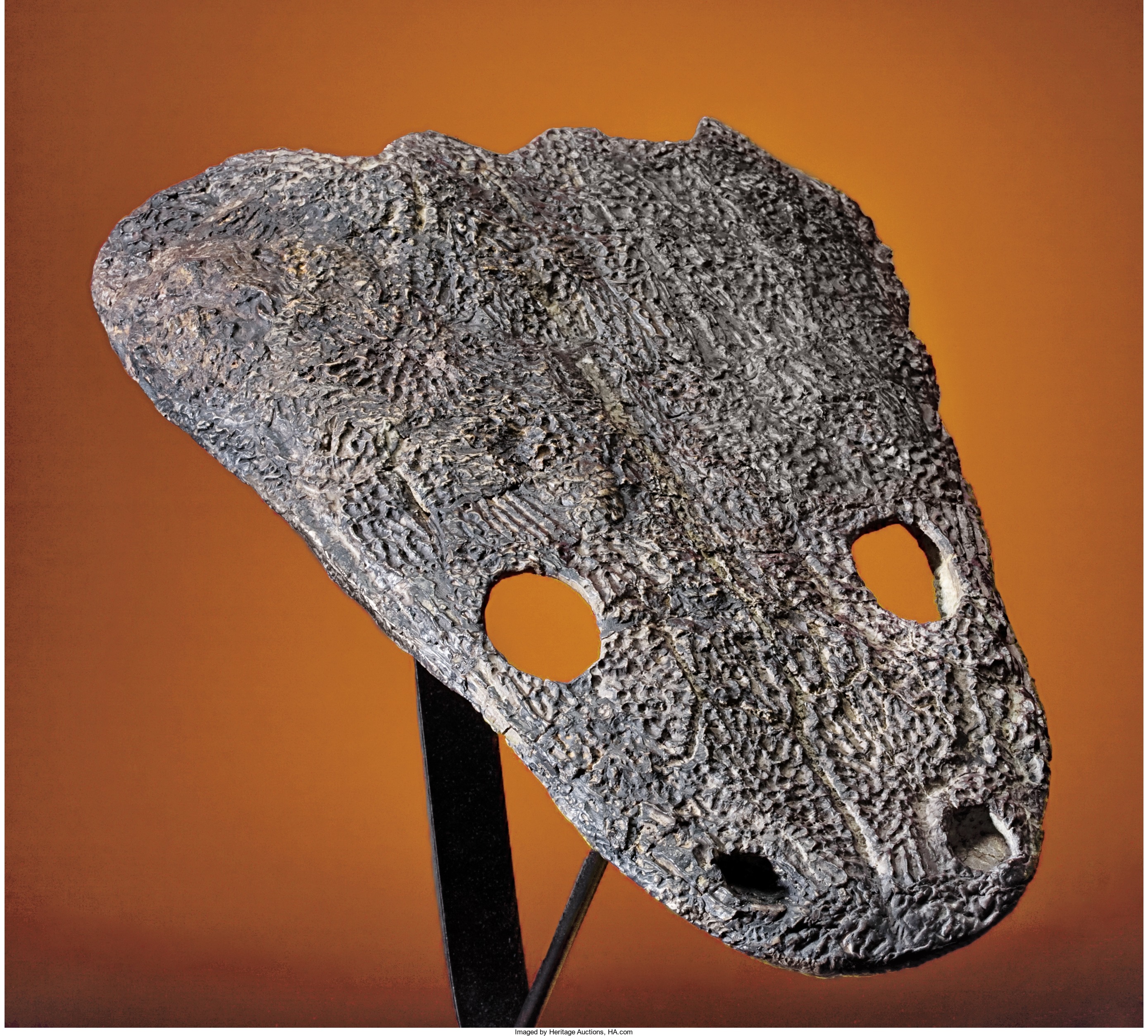
By Jim O’Neal
Scientists generally assume the planets were formed by the accretion of dust and gas in a cosmic cloud, but the length of time this process takes is hard to estimate. Our little orb acquired its present size about 4.5 billion years ago (some use 4.6) and life originated about 2 billion years ago. We don’t know how it got started or if it exists elsewhere, but we do know that life goes on (so far).
A recent book, The Worst of Times by Paul B. Wignall, examines the extinction of life with the most notable events dubbed “The Big 5.” The largest one occurred at the end of the Permian Period – 252 million years ago – when 95 percent of all animals and one-third of insect species went extinct. It was the closest all us earthlings have come to total obliteration.
The next mass extinction was 210 million years ago at the end of the Triassic Period. This time, 70 percent to 75 percent of all life vanished.
Despite these and other cataclysms, the simple fact that life is so abundant demonstrates the difficulty in ending it. This may be the first time in our history that the power to eradicate life ourselves exists. Hopefully, we will be wise enough to avoid this.
One interesting observation is that for the first 99 percent of human history, we didn’t do much more than survive and procreate. Then a remarkable but still unexplained era began, when people all over the world discovered farming, writing, architecture, irrigation and even governance.
We call this the Neolithic Revolution. Scientists can tell us where it happened and when, but they cannot explain precisely why.
The puzzling aspect is that it happened among people who had no idea that others in distant places were doing precisely the same things. Farming was started independently seven times – China, New Guinea, the Middle East, the Andes, the Amazon basin, Mexico and West Africa – all without any possibility of shared contact.
When Hernán Cortés landed in Mexico, he found roads, canals, palaces, courts, markets, irrigation works, kings, priests, art, music and books – all independent of similar developments on other continents.
It is tempting to think of this as a global lightbulb event, but most developments involve long periods of trial and error. The tempo of progress has been unpredictable and erratic. Clearly, there was no master plan, yet humans conquered the disadvantages of geographic isolation, variable conditions and diverse cultures.
Contrast that with today’s billions of people constantly communicating, replicating and innovating. The world has become very small in comparison. The rate of change and increase in knowledge is directly proportional to the increase in Internet connectivity.
NASA has defined “life” as 1. Metabolize + 2. Reproduce + 3. Evolve = Life. Now if we could just discover how it started.
 Intelligent Collector blogger JIM O’NEAL is an avid collector and history buff. He is President and CEO of Frito-Lay International [retired] and earlier served as Chairman and CEO of PepsiCo Restaurants International [KFC Pizza Hut and Taco Bell].
Intelligent Collector blogger JIM O’NEAL is an avid collector and history buff. He is President and CEO of Frito-Lay International [retired] and earlier served as Chairman and CEO of PepsiCo Restaurants International [KFC Pizza Hut and Taco Bell].
